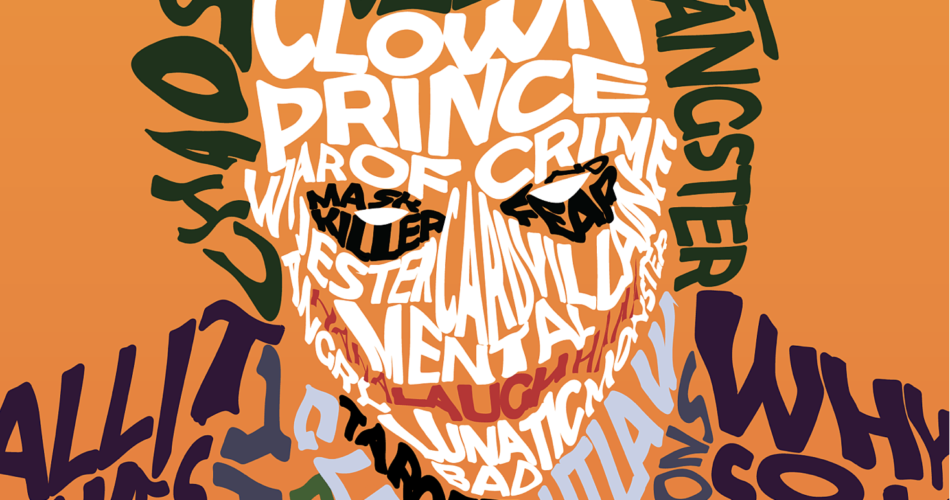In the world of design and visual communication, typography plays a crucial role in conveying messages, setting the tone, and evoking emotions. It is more than just arranging letters on a page; it is an art form that can make or break the effectiveness of any design. Typography is all around us, from the posters on the streets to the websites we browse daily. When done right, it has the power to captivate, inspire, and leave a lasting impression on its audience. Let’s explore why typography kicks ass and why it’s a fundamental aspect of design.
A Visual Language of Expression:
Typography is often referred to as a visual language, and rightfully so. Through an array of typefaces, font sizes, letter spacing, and styles, designers can communicate various emotions and messages. Bold and strong fonts command attention, while delicate and elegant fonts bring a sense of sophistication. The strategic use of letters and texts can guide readers through content, emphasize important points, and even create a sense of rhythm and flow.
Evoking Emotions:
The way text is presented can evoke powerful emotions. A classic serif font can give a sense of tradition and timelessness, making the audience feel connected to the past. On the other hand, a modern and sleek sans-serif font can evoke a sense of futurism and innovation. The choice of typography can influence how we perceive information, and it can significantly impact the overall user experience.
Enhancing Readability:
Good typography enhances readability, making it easier for the audience to absorb information. Proper line spacing, legible fonts, and appropriate font sizes contribute to a smooth reading experience. When typography is well-crafted, readers are more likely to stay engaged with the content and understand the intended message.
Brand Identity:
In the corporate world, typography plays a vital role in establishing a brand identity. Famous brands like Coca-Cola, Disney, and Google are easily recognizable by their unique typography choices. Consistent use of typography across various platforms reinforces brand recognition and helps build a strong brand image.
Setting the Tone:
Typography sets the tone for any design project. Whether it’s a playful and friendly design for a children’s book or a serious and professional look for a legal document, the choice of letters and texts play a pivotal role in establishing the right atmosphere. It is a powerful tool in conveying the personality and character of the content.
Aesthetic Appeal:
Beautifully crafted typography is a work of art in itself. It captures attention and draws viewers into the design. Designers often experiment with typography, creating custom fonts and typographic compositions that are visually stunning and unique. Typography, when treated creatively, can become the focal point of a design, elevating it from ordinary to extraordinary.
Cultural and Historical Significance:
Typography has a rich history dating back centuries, and different typefaces hold cultural significance. For example, Gothic typefaces evoke medieval architecture and literature, while Art Deco fonts remind us of the roaring 1920s. Typography is not only a visual element; it also carries the weight of history and culture, making it a fascinating aspect of design.
In conclusion, typography is a potent force in the design world. Its ability to communicate messages, evoke emotions, and enhance the overall experience is unparalleled. It serves as a powerful tool for designers to express their creativity and connect with audiences on a deeper level. From the digital realm to print media, arranging of letters and texts remain an essential and impactful element that truly kicks ass. So next time you appreciate a stunning design, remember to give credit to this unsung hero.

